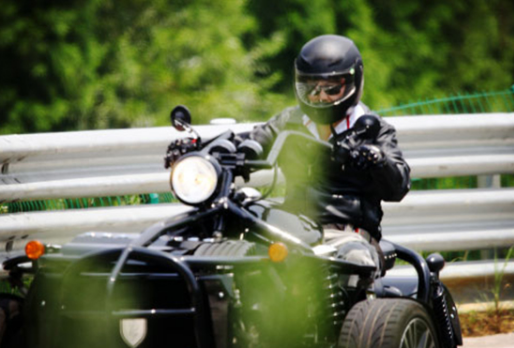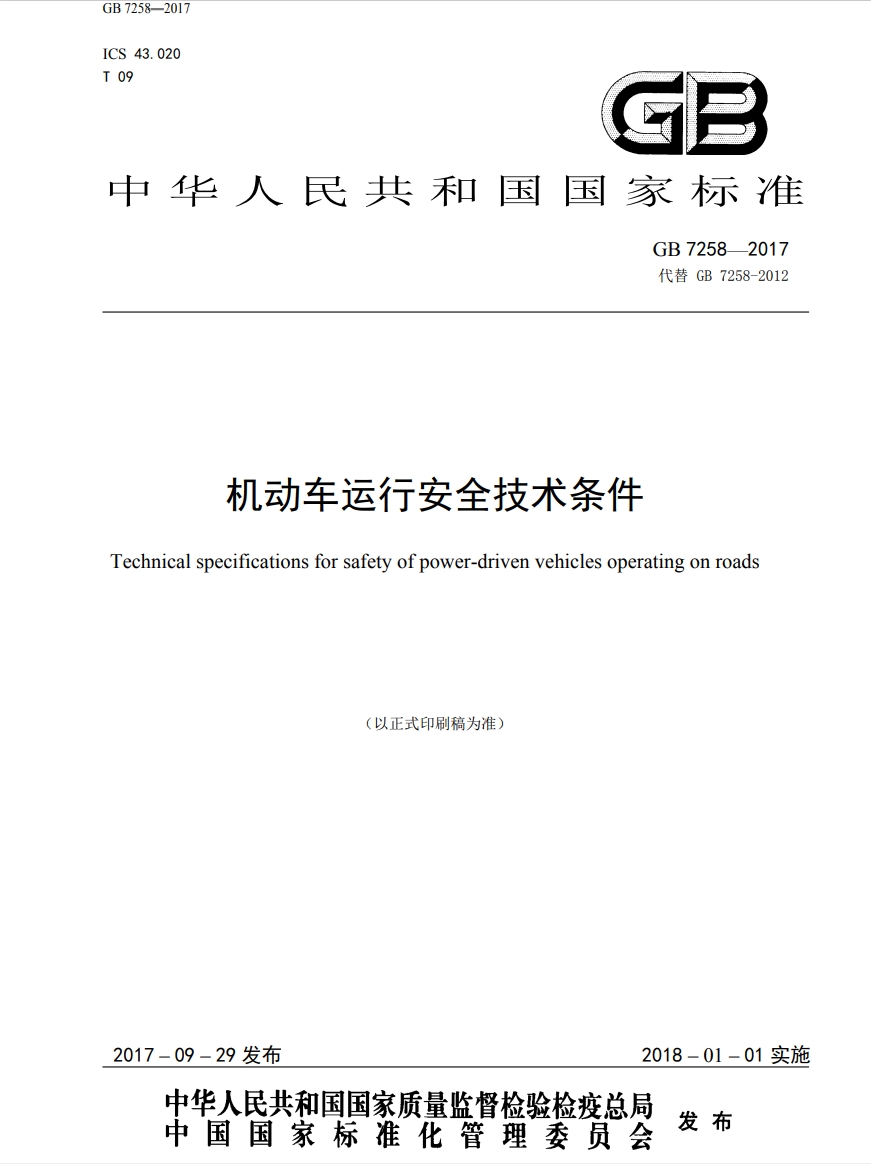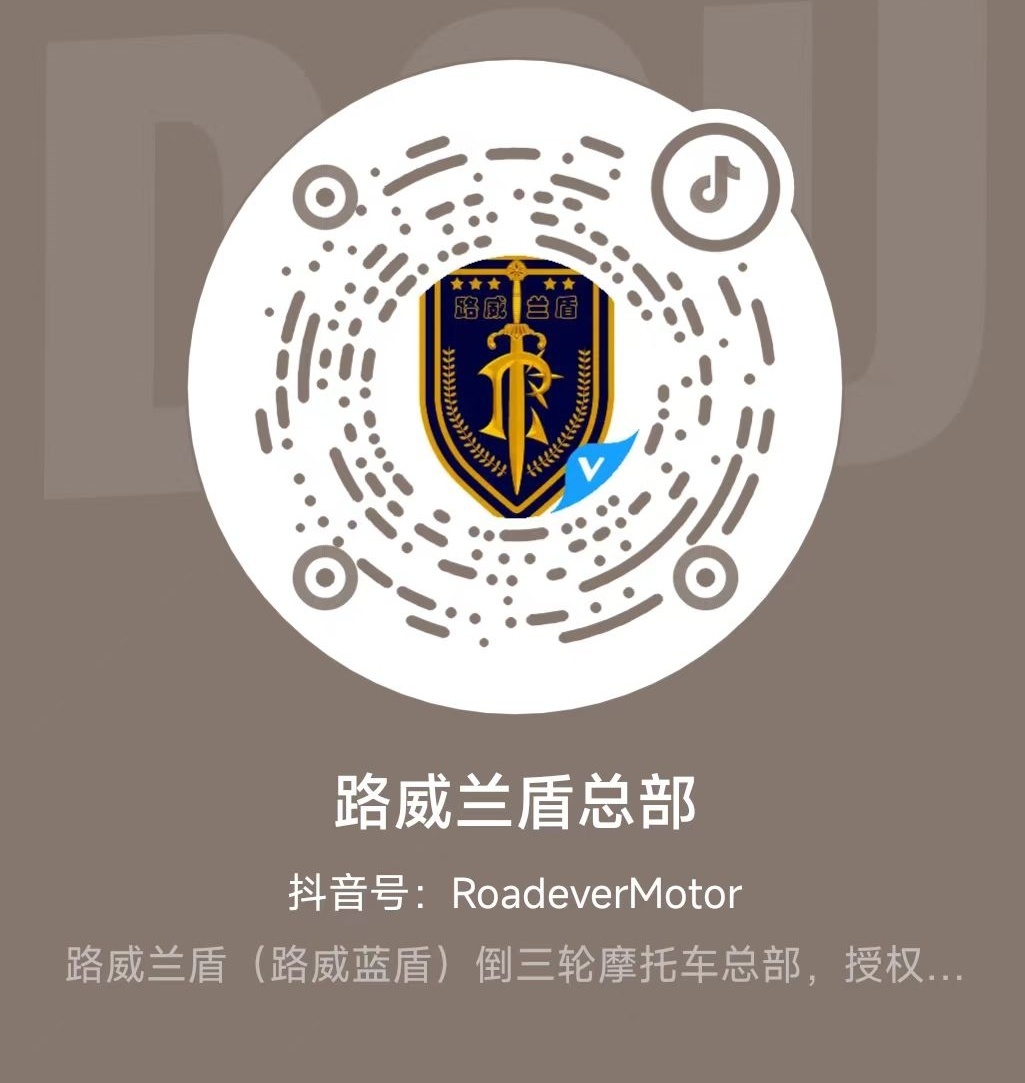28
2018
-
09
Bob Buck: Unveiling the Past and Present of the Road King Motorcycle
Author:
The motorcycle with two wheels in the front and one wheel in the back, often referred to as a trike by motorcycle enthusiasts, has a strong sense of futurism.
With the release of the 2017 No. 23 National Standard Announcement by the National Standardization Administration at the end of last year, trikes can finally be registered, prompting many trike manufacturers thriving in overseas markets to target the potentially huge domestic market.
It is believed that starting this year, trike models will create quite a stir in the domestic market. Today, the editor has invited Roadever motorcycle expert Mr. Bob Bock to have a good chat about the past and present of trike motorcycles.

Expert Introduction
Bob Bock, as a well-known automotive and motorcycle certification expert, has been active at the forefront of product innovation.
As early as 2003, Bob proposed the idea of developing a new type of vehicle that combines the safety of cars with the driving experience of motorcycles, and has since focused on the design and development of new products.
Origin · Trike History Exploration
As we all know, the so-called trike motorcycle is a three-wheeled motorcycle with a configuration of two wheels in the front and one in the back, which is completely different in appearance and structure from the well-known configuration of one wheel in the front and two in the back, or the sidecar trike.
However, if we delve deeper, the vehicle with a front two and a rear one tire layout, equipped with a manual power system, can be traced back to the 17th century. At that time in Germany, a clockmaker named Stephan Farah built a hand-driven trike-like vehicle using a spring-powered mechanism at the age of 22.
In the 18th century, Watt improved the steam engine, marking the beginning of the First Industrial Revolution. After entering the steam age, a French army captain named Gignoux attempted to combine the steam power system with the trike system, intending to enhance the military's heavy cargo transport capacity, achieving some success. Students from the Grande École des Beaux-Arts in France replicated and verified Gignoux's steam-powered trike, believing its concept to be feasible.

Later, as the entire motorcycle industry continued to develop rapidly, many motorcycle companies began to design their own trike motorcycles.
Regulations · Constraints on the Development of Trikes in the Domestic Market
For a long time, there have been no established standards for the registration of trike motorcycles in the domestic market, making it impossible for this pioneering trike model to be registered, and naturally, it cannot be legally driven on the road.
It is precisely because of this lack of regulations that trike motorcycles have almost no soil to survive in the domestic market, making it understandable that motorcycle enthusiasts feel confused about trikes.
However, everything changed last year. In the new GB7258-2017 regulations released in September last year, a classification for trike motorcycles was added:

Note the content added in the red box, which explains two situations for trike motorcycles: a has one wheel in the front center and two wheels in the back; b has one wheel in the back center and two wheels in the front. This b item is the trike, which can seat up to 2 people and has no speed limit of 70 kilometers per hour. The driver's license is based on the standard D license for tricycles.
Expert Answers
This year, trikes have finally been registered! Next, please let Mr. Bob Bock answer questions about the Roadever high-power safety motorcycle.

Question: The appearance of the Roadever high-power safety motorcycle is very unique, I have never seen anything like it. What kind of product is it?
Answer: This is a brand new product that leverages the structural advantages of trikes for stable driving, but is completely different from previous trikes. It has the style of a traditional heavy motorcycle, a safety factor close to that of a car, and power similar to that of a supercar, offering durability never seen before in heavy motorcycles.
Question: What was the original intention behind creating the Roadever high-power safety motorcycle?
Answer: Over a hundred years of history has proven that people cannot live without heavy motorcycles, but the casualty rate of heavy motorcycles is more terrifying than people imagine. I have seen too many friends who love heavy motorcycles have accidents. We want to protect these enthusiasts and allow them to safely enjoy the fun of riding; this is the initial motivation behind designing Roadever.
Question: Which country is the Roadever high-power safety motorcycle from?
Answer: Roadever is headquartered in Los Angeles, USA. We have been designing and developing trike products since 2003, among which ROADEVER is our representative product.
Question: What are the characteristics of the Roadever high-power safety motorcycle compared to other heavy motorcycles on the market?
Answer: Roadever is born for safety, with all designs considering safe travel. The concept of safety runs through the entire research and development process. Roadever motorcycles use a wide wheelbase, low center of gravity, large tires, lateral balance assistance, oversteer correction, a 2-meter frontal collision energy buffer zone, and the addition of hip seat belts, among other designs, to effectively prevent the vehicle from tipping over and injuries from collisions. Various innovative designs comprehensively ensure the riding safety of the driver, greatly enhancing the safety factor of motorcycle riding.
Question: How is the power of the Roadever high-power safety motorcycle?
Answer: The Roadever high-power safety motorcycle is equipped with an 1800cc inline 4-cylinder engine, providing strong power and smooth operation, delivering an extraordinary riding experience for riders. Roadever integrates outstanding performance with comprehensive safety guarantees, igniting the joy of riding anytime, anywhere.
Question: Is the maintenance cost of the Roadever high-power safety motorcycle high?
Answer: The maintenance cost of Roadever is slightly lower than that of current small cars, mainly involving engine maintenance and some performance testing and adjustments, which is not much different from the maintenance costs of two-wheeled motorcycles. Additionally, the cost of vehicle maintenance is not a standard that can be measured statically, but Roadever's goal is to make it worry-free for everyone to use.
Question: In China, what kind of license does the Roadever high-power safety motorcycle need? Is it a tricycle or a trike?
Answer: Currently, all reverse tricycles should be equipped with a passenger license for regular tricycles, and the driver's license must also be a tricycle license, which is the D license. Unlike regular tricycles for carrying goods, reverse tricycles do not have a speed limit of 70 kilometers per hour; Chinese national safety regulations allow them to enter highways.
Question: How many people can the Roadever high-power safety motorcycle carry?
Answer: According to the definition of reverse tricycles by the National Standard Committee, it can carry two people (including the driver).
This concludes the expert Q&A for this issue. Thank you for your answers!
NEXT
The "Technical Conditions for the Safe Operation of Motor Vehicles - GB 7258—2017"
2025-02-28
Recently, the China Motorcycle Association issued opinions and suggestions to relevant
2025-02-28






